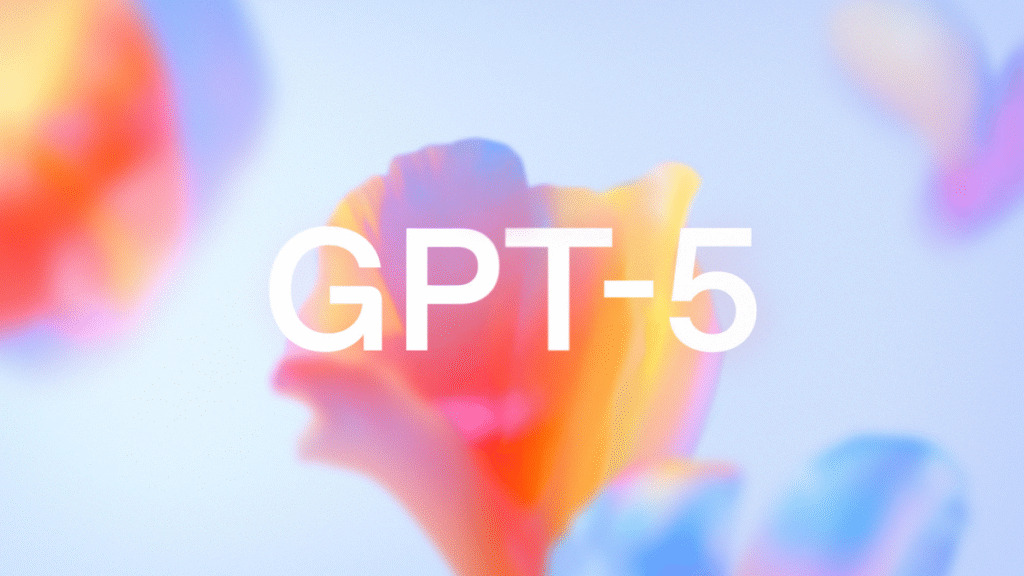
The tech world has been holding its breath. After months of leaks, speculation, and wild predictions, OpenAI has officially launched GPT-5, the much-anticipated successor to GPT-4.
The hype machine promised a near-sentient AI that could think, learn, and evolve like a human.
But in a candid moment, OpenAI CEO Sam Altman has thrown cold water on that dream — admitting GPT-5 is not truly autonomous and cannot continuously learn on its own.
So… is the AGI train still running, or has it just hit a massive red signal? Let’s break it down.
The Launch: GPT-5 Steps Onto the Stage
OpenAI’s GPT models have redefined AI for the past few years — powering everything from chatbots to code assistants, from creative writing tools to research copilots.
With GPT-5, the company promised a “next-generation leap” in intelligence. And in many ways, it delivered:
-
Better Reasoning → GPT-5 can process complex, multi-step problems with greater accuracy.
-
Longer Context Windows → It can remember and analyze more information in a single conversation.
-
Improved Multimodal Abilities → It handles text, images, audio, and potentially video with smoother integration.
-
More Human-Like Responses → Reduced hallucinations, more natural tone, and sharper facts.
On paper, this is the most advanced AI language model ever released to the public.
And yet… there’s a but.
The Big Reveal: Still No True Autonomy
In an age where every AI update gets branded as a step toward Artificial General Intelligence (AGI) — a machine that can think and learn independently — Altman’s admission was striking.
“GPT-5 does not have autonomous continuous learning. It can’t teach itself new skills outside of what it was trained on.” — Sam Altman, OpenAI CEO
That means GPT-5 is still locked into the knowledge it had at the time of training.
It doesn’t read the internet in real-time and evolve. It doesn’t get “smarter” the more you use it. It can simulate learning, but every improvement still depends on humans retraining it with curated data.
This is a huge reality check for those expecting GPT-5 to wake up one morning and start upgrading itself like a sci-fi AI.
Why This Matters: The AGI Illusion
The phrase “AGI is near” has been thrown around so much in the AI community that many assumed GPT-5 might be the milestone where we finally cross that line.
The reality? We’re not there yet.
Three reasons why GPT-5 isn’t AGI:
-
Static Learning → It doesn’t continuously improve after deployment.
-
No True Intent → It can mimic goals but doesn’t set them for itself.
-
Bounded Knowledge → It’s limited by its training data, not by its own curiosity.
That doesn’t mean GPT-5 is useless — far from it. It’s an extraordinary tool. But it’s still a calculator on steroids, not a conscious partner.
The Technical Leap (and Where It Falls Short)
Let’s talk specifics.
GPT-5’s upgrades over GPT-4 are impressive in the narrow AI space:
| Feature | GPT-4 | GPT-5 |
|---|---|---|
| Context Window | 128k tokens | Possibly higher, rumored 200k+ |
| Multimodal Input | Text + Images | Text + Images + Audio (and smoother integration) |
| Reasoning Accuracy | Good | Great |
| Learning After Deployment | None | Still None |
The “lack of autonomy” isn’t a technical flaw — it’s a deliberate design choice. Continuous learning systems are harder to control, audit, and align with human values. They’re also more prone to misinformation drift and security risks.
In other words: OpenAI is playing it safe.
Why OpenAI Pulled the Brakes
If you’ve been following AI ethics debates, you know safety is the hot-button issue.
Allowing an AI to learn in the wild without supervision could:
-
Lead to bias amplification
-
Spread false information unchecked
-
Make the AI harder to control
-
Introduce unpredictable emergent behaviors
OpenAI has been criticized in the past for releasing powerful models too quickly. GPT-5’s more controlled design might be their way of saying: “We can make it smarter — but should we?”
The Public’s Reaction: Excitement Meets Disappointment
Within hours of the announcement, AI Twitter, Reddit, and tech blogs were buzzing:
-
Optimists praised GPT-5’s leaps in reasoning and multimodal capabilities.
-
Critics accused OpenAI of overhyping the model.
-
Researchers saw it as a necessary step before real autonomy.
One viral post summed it up perfectly:
“GPT-5 is the smartest parrot in the world. But it’s still a parrot.”
The Business Impact
From a commercial standpoint, GPT-5 is still a goldmine. Businesses can now:
-
Create more context-aware AI assistants
-
Generate higher-quality marketing and sales copy
-
Automate more complex workflows
-
Integrate audio, image, and text analysis into one unified system
But for companies banking on self-learning AI agents that replace human R&D… GPT-5 isn’t the answer — not yet.
The AGI Roadmap: What’s Next?
If GPT-5 isn’t AGI, then when? The timeline is hotly debated.
Some predict GPT-6 or GPT-7 will incorporate safe forms of continuous learning. Others believe AGI may require completely new architectures — not just bigger language models.
Altman himself has hinted that “true autonomy” will require breakthroughs in memory, reasoning, and goal-setting beyond what current LLMs can do.
Final Verdict: A Giant Step — But Not the Last One
GPT-5 is a remarkable achievement. It’s faster, sharper, more capable, and more versatile than its predecessors. But it’s also a reminder that raw intelligence is not the same as autonomy.
OpenAI’s cautious approach might frustrate some futurists, but it’s a necessary step to avoid the very sci-fi dystopias AGI doomers fear.
The dream of an AI that thinks for itself is still alive — just not in 2025.
💬 Your Turn:
Do you think OpenAI is being responsible — or too slow? Is the lack of continuous learning a safety feature… or a missed opportunity? Drop your thoughts in the comments.




Leave a Reply